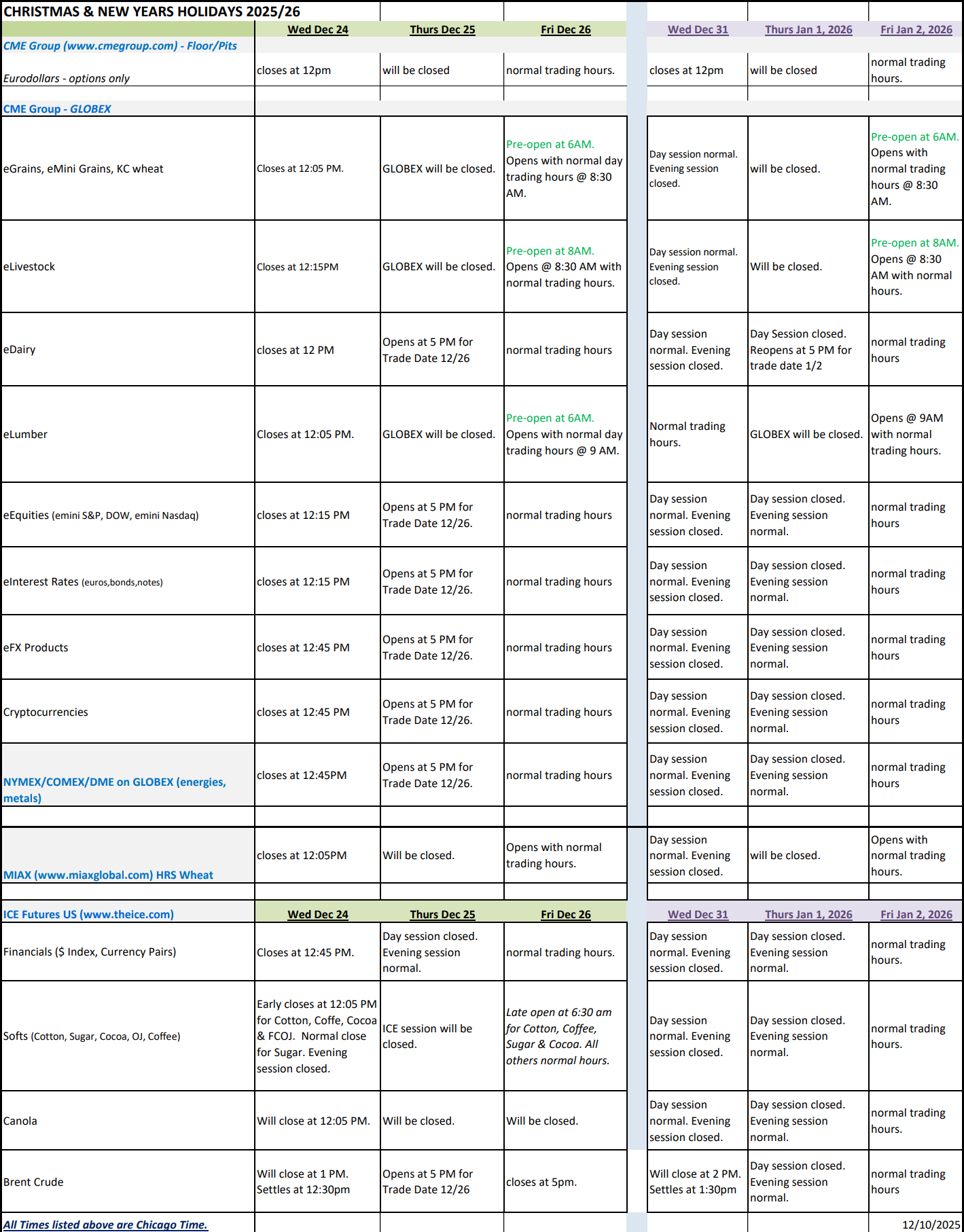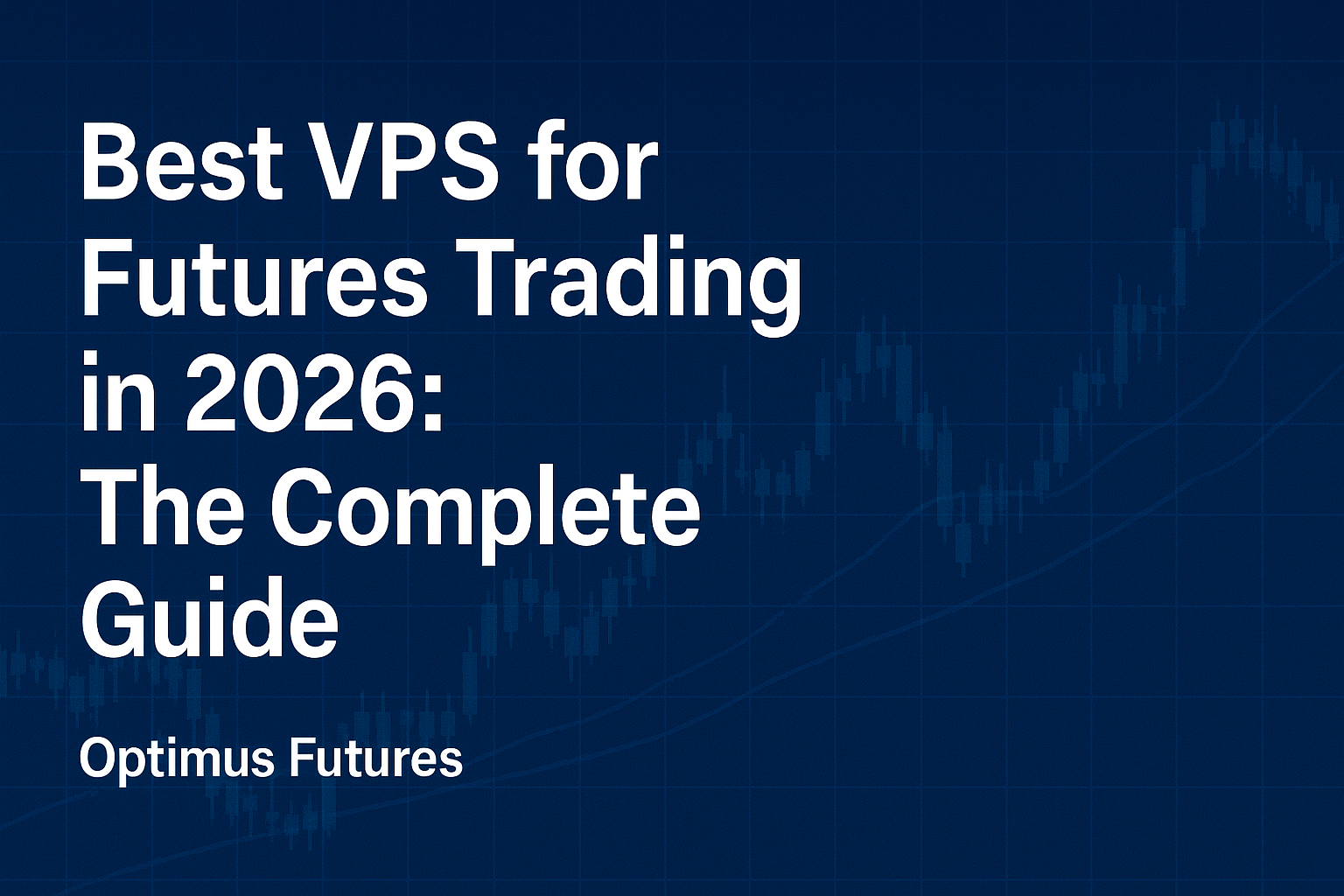This article on Futures Trading Technical Analysis is the opinion of Optimus Futures
Even if you are not a technical trader, you can still ask the right questions – and use the right tools to answer them – to uncover issues with your trading approach.
Futures Trading Technical Analysis – How Much Do I Need to Know?
As any successful futures trader might tell you, both technical and fundamental analyses are concepts that can serve as tools to help you better understand markets, identify trading opportunities, and place trades based on a reasonable market thesis.
Anyone can acquire a sophisticated understanding of either discipline, but deeper levels of understanding won’t necessarily make you a better trader. Conversely, not having enough of an understanding of either can also hurt your trading performance.
This article is a quick “audit” of technical analysis insights that might help you strengthen your trading setup. The list is in the form of questions that you may want to ask before placing a trade. The audit is geared toward two audiences: new futures traders who are new to technical analysis but want to make sure that the basics are covered; and, fundamental traders who want to double check their setups from a technical perspective.
Technicals to Use to Trade Futures
1 – Am I Entering the Market at a Key Level?
If you’re looking to go long or short a given market, don’t just enter the market in an uncritical manner. This may sound obvious, but traders tend to do this upon hearing some breaking news. “The 2-year yield just crossed above the 10-year, inverting the yield curve!” Some traders will just go short without thinking about where the market currently is, and how far it might have already declined.
On July 30, Fed Chair Powell made an announcement that the Fed rate cuts were merely a “mid-cycle adjustment,” hinting that no further rate cuts may be forthcoming. The Dow Jones tanked, and bearish traders might have found the news to be a good shorting opportunity, but from what point?
Some traders might have entered a short position right before the market temporarily recovered at [1]. Let’s suppose you sold at 26,750. You would have had to withstand 397 points against you, topping at 27,147 before the YM continued its descent.
That’s a -$1,985 decline in equity per contract if you were holding on to that trade. Needless to say, your entry wasn’t at a “key price point.” So, where could you have entered instead?
Any area within the rectangle at [1] might have worked. Why? That area marks the 50% to 78.6% Fib retracement of price. Although most traders would probably think twice about entering a market that had retraced beyond 75%, in this case, the “fundamental” news supported the likelihood that the YM was to decline further. You would have had to place your stop loss at the peak leading to the decline.
Another strong entry point would have been at the breakout at [2]. Why? The breakout (at 61.8%) might have confirmed that price was indeed heading lower. Plus, those that bought at that level might have been forced to sell upon realizing that their directional bias was incorrect or that they had entered too soon. In this case your stop loss would have been placed at a tighter spot–specifically, the peak of the retracement at 27.147.
Main point: entering at key market levels may prove a more advantageous trading setup.
2 – What is the Current Trend Direction?
If the “trend is your friend” then having too many friends may not necessarily make for a very friendly situation, as they would almost invariably disagree. There are many trends within a trend, and it’s crucial that you know which trend you aim to trade depending on your time frame.
Take a look below:
Some traders use a moving average to gauge trend direction. Above, you can see the 50 exponential moving average (EMA) plotted over price, only to yield a confusing assessment. Does the 50 EMA serve as support or resistance? If price is trading above the 50 EMA, does that truly signal an uptrend; and if below, a downtrend?Here’s another way of looking at it:
We see a large trading range at [1], a steep small downtrend at [2], the beginning of a large uptrend at [3], a “micro” uptrend at [4], a period of consolidation at [5], a minor downtrend at [6], a smaller uptrend at [7] and finally another range at [8] which broke below the larger downtrend at [3].
Which trend (or range) are you trading?
3 – Am I trading with the trend or against it?
Perhaps you aim to trade (in ping pong fashion) a range as shown in [1], or a downtrend as shown in [2].
But you should step back to see the bigger picture. In both cases you are trading against a longer-term uptrend as shown below.Now, this may not matter depending on your time frame, but it does help to know which trend you are trading and whether your trade is going in the direction of the larger prevailing trend or against it. After all, wouldn’t you want to know if you’re directional bias is aligned with or against the market?
4 – Is the Trend in Agreement with the General Momentum?
Is there any indicator that may tell you whether a strong trend may be about to reverse? Certainly, there are many, but one classic indicator is the Relative Strength Index, or RSI, developed by Welles Wilder.
To quote Investopedia, “The relative strength index (RSI) is a momentum indicator that measures the magnitude of recent price changes to evaluate overbought or oversold conditions in the price of a stock or other asset.”
There are many ways to use the RSI, but one technique worth knowing is its use as a “divergence” detector–where price goes up while momentum goes down, and vice versa. Look at the NQ (Nasdaq futures) chart below.
Notice how price kept rising while the RSI momentum indicator kept declining? That’s divergence. The flat period before the breakout lower might have been a strong entry point for a short position. To contrast, look at the YM chart below.Notice how declining price diverges from the upward momentum on the RSI. This signals a potential reversal which eventually took place. RSI divergences are not always accurate (nothing is) but they nevertheless serve as a strong indication of potential reversals.
5 – Does Volume Support My Directional Bias?
If you are going to take a position that relies on momentum, it helps to check the volume to see if there are any tailwinds supporting the price move.
The crude oil futures (CL) chart shows plenty of buying pressure in the volume supporting the uptrend. In contrast (as shown below) dwindling volume can signal potential reversals, as with [A]–a downtrend losing momentum–and [B], an uptrend that transitions into a ranging market.
Volume is a tricky indicator, so you might not want to rely solely on volume readings to assess an asset’s momentum. Just be aware of the extent to which volume supports a price move, especially in cases of a price breakout.
Technical Trading Rules and Risk Management Tactics
6 – Is My Stop Placed at a Strategic Level?
Take a look at the trade below. This illustrated a very common blunder that both new and “bad” traders make. It’s called placing a “dollar-based” stop rather than a “market-based” stop. And what happens? Well, traders easily get stopped out.
[1] A long position is entered at 2864.00. [2] The trader get stopped out at 2860.00.Now, why would the trader place the stop at 2860.00? It doesn’t really make any market sense. The answer to that is the trader had a $200 loss limit per trade. That’s not a good enough excuse for placing a stop loss at such a non-strategic level. The trader should have placed it at [3]. You need to manage stop loss orders more effectively in your trading.
If you can’t afford a wide stop loss at such a level, then trade the Micro E-mini Futures (MES) contracts or don’t trade it at all. If your stop loss placement doesn’t make any sense, then adjust your trade or don’t trade the setup.
DISCLAIMER: The placement of contingent orders by you or broker, or trading advisor, such as a “stop-loss” or “stop-limit” order, will not necessarily limit your losses to the intended amounts, since market conditions may make it impossible to execute such orders
7 – Is My Position Size Calculated Properly?
If you were trading the YM and you saw a trade opportunity that entailed a 15-point stop loss, how many contracts would you trade if you could take a market risk of $500 per trade (or 2% of $25k)? The answer is 6 contracts.
How might you figure this out?
Risk/stop loss = $ per tick value.
$500/15 = $33 per tick. Each YM contract moves $5 per tick. So, to get close to $33 per tick, you need 6 contracts, as 6 x $5 per tick = $30 per tick.
If you don’t already know this, then you’re flying blind. You may end up in a lot of trouble someday–either by short-changing your profit potential or overleveraging your risk exposure. Either way, it’s a foolish error. Don’t do it.
8 – Is There an Economic Report on the Horizon
Yet again another common mistake among new and “bad” traders: not checking the economic calendar. It’s dumb and it warrants no need for further explanation. But we’ll give you an example anyway.
A trader goes long the YM on July 31, seeing the 50% Fib retracement on the 5-minute chart as a perfect opportunity to trade the YM up to the peak of 27260.
The sad thing is that the trader didn’t bother checking the economic calendar. It’s FOMC day. Yes, the big Fed rate announcement day. And the trader is about to get screwed.
No need for further explanation.
9 – Do I See a Classic Chart Pattern on the Screen?
If you understand the basics of support and resistance, uptrends and downtrends, then you can easily learn how to identify basic chart patterns. Most chart patterns are built off varying formations of support and resistance levels. And since you are likely to trade breakouts from various support and resistance levels, it helps to identify classic patterns, as they tend to indicate price action (indicate, not necessarily predict) in a relatively consistent manner.
What does a classic Head & Shoulders mean? What about a Double Top or Double Bottom? What about a Dead Cat Bounce, or a Pipe Bottom? Might it be more bullish to buy a Cup & Handle or a deeper Cup & Handle with a lower handle? If you don’t already know these patterns, you should seek out a basic technical chart analysis tutorial, as it might help you tactically fine-tune your trading approach.
10 – Do I Know How to Measure My Trading Levels?
So, you bought a breakout toward a new high. Where do you take profits? Perhaps you sold short a downward breakout from a descending triangle, where do you close out your position. The same question applies to flags and pennants, whether they go as planned or not. Where do you sell when you see a Head & Shoulders, and where do you buy when the same pattern is inverted?
There are many ways to measure your setup, and it helps to know the basic rules along with their variations. When confronted with a trading pattern, the markets will almost always vary the conditions of the trade, requiring you to be flexible.
If you know various ways to trade a given scenario, then you may be more adaptable to changes in the market conditions.
There is a substantial risk of loss in futures trading. Past performance is not indicative of future results.

















